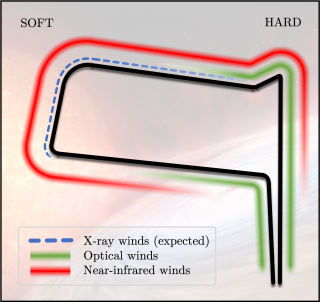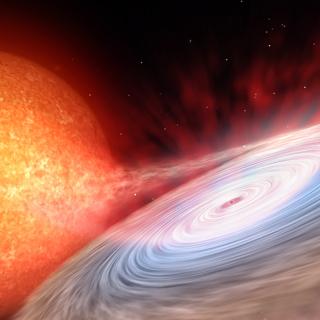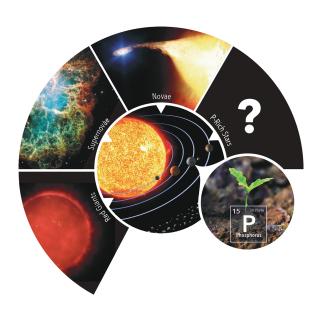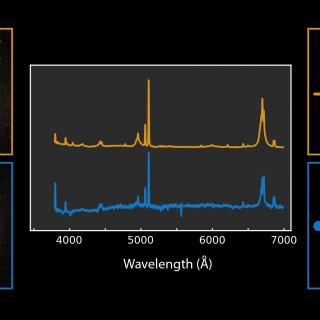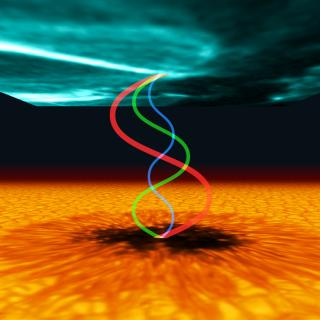
An international team of researchers, led by the Instituto de Astrofísica de Canarias (IAC), has confirmed the existence of resonant cavities above sunspots. These results, recently published in two articles in the journals Nature Astronomy and The Astrophysical Journal Letters, have settled a debate lasting several decades about the nature of the waves in the active regions of the Sun. Sunspots are darker regions which often appear on the Sun’s surface. They are caused by strong concentrations of magnetic field, and can be as big as the Earth, or even much bigger. From the end of the 1960’s
Advertised on
